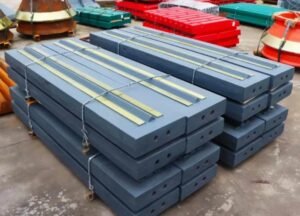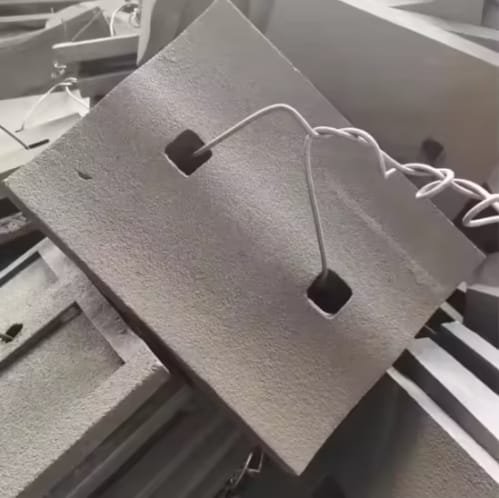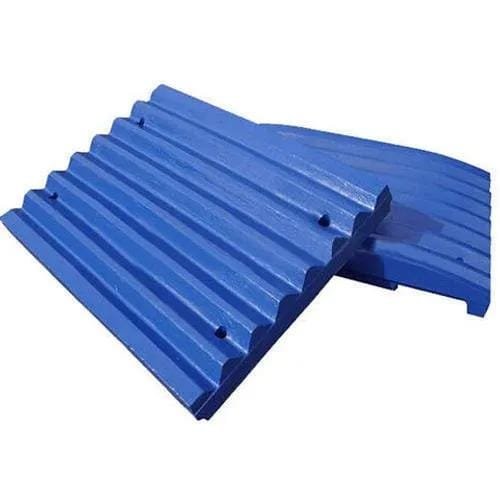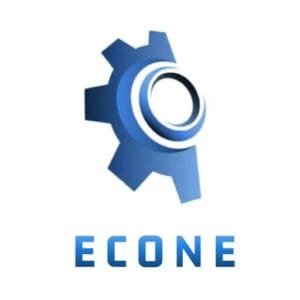Introduction
Choosing the right impact crusher blow bars is crucial to achieving optimal crushing performance, reducing downtime, and extending the lifespan of your equipment. Whether you’re working in mining, construction, or recycling, selecting the best blow bar material and design can significantly influence your crusher’s efficiency and your operational costs. This guide will help you understand the different types of blow bars, their materials, and the key factors you need to consider when making your choice.
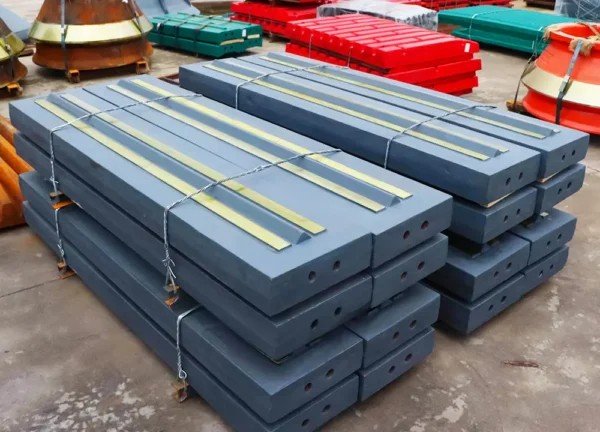
Why Blow Bars Matter in Impact Crushers
Impact crusher blow bars play a critical role in the crushing process. They are the primary wear parts that deliver the high-impact force needed to crush hard materials like granite, concrete, and asphalt. Over time, these components experience significant wear and tear, and selecting the right blow bar can make a noticeable difference in:
Crusher efficiency
Output size and quality
Maintenance frequency
Equipment longevity
Types of Blow Bars by Material
1. High Manganese Steel Blow Bars
Properties: High toughness, good work hardening properties.
Best for: Low to medium abrasive materials.
Pros: Affordable, flexible under heavy loads.
Cons: Shorter lifespan with highly abrasive materials.
2. High Chrome Blow Bars
Properties: Excellent hardness and abrasion resistance.
Best for: Crushing hard and abrasive materials.
Pros: Long wear life, high crushing efficiency.
Cons: Brittle under high-impact forces.
3. Martensitic Steel Blow Bars
Properties: Balanced hardness and toughness.
Best for: Recycling and general-purpose crushing.
Pros: Longer wear life, resistant to breakage.
Cons: More expensive than manganese.
4. Ceramic Insert Blow Bars
Properties: Extremely hard ceramic particles embedded in metal.
Best for: High wear applications with less impact.
Pros: Extended lifespan.
Cons: Higher initial cost.
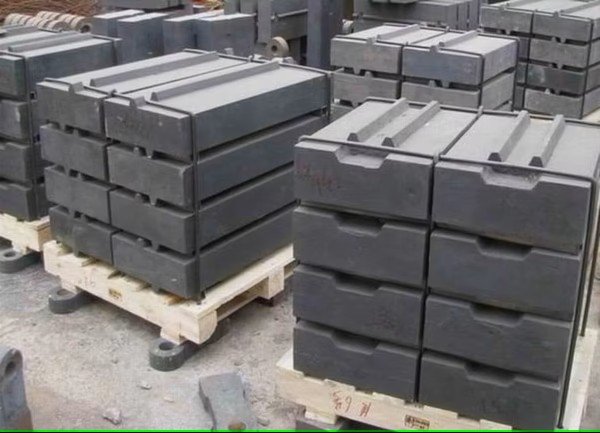
Key Considerations for Choosing Blow Bars
1. Material Hardness of Feed
Consider the hardness and abrasiveness of the feed material. High chrome and ceramic inserts are better for harder materials, while manganese is more suited for softer rocks.
2. Crushing Application
Determine your specific application—whether it’s primary crushing, secondary crushing, or recycling. Recycling applications often benefit from martensitic or hybrid bars.
3. Crusher Type and Operating Conditions
Different crushers have different operational parameters. Always consult your crusher’s OEM specifications for compatible blow bar types.
4. Desired Output Size
The blow bar’s profile affects the output gradation. Flat or thick blow bars tend to produce coarser output, while thinner bars can improve fines production.
5. Budget and Cost of Ownership
While high-performance bars may cost more initially, their extended wear life can reduce overall maintenance and replacement costs.
Tips to Extend Blow Bar Lifespan
Rotate blow bars regularly to ensure even wear.
Maintain proper feed size and avoid oversized materials.
Monitor rotor speed and maintain proper clearance.
Perform regular inspections for cracks or wear patterns.
Where to Buy Quality Blow Bars
When purchasing impact crusher blow bars, always choose a supplier that offers:
OEM and aftermarket options
Material certifications
Customizable profiles and materials
Technical support and after-sales service
Reliable Chinese manufacturers, for instance, offer cost-effective and customizable blow bars suited for various international markets.
Conclusion
Choosing the best impact crusher blow bars requires a solid understanding of your crushing needs, material properties, and operational goals. By selecting the right material and design, you can maximize your crusher’s efficiency, reduce wear costs, and ensure consistent product quality.
If you need help sourcing the right blow bars for your application, contact a trusted wear parts manufacturer who can provide technical consultation and tailored solutions.
